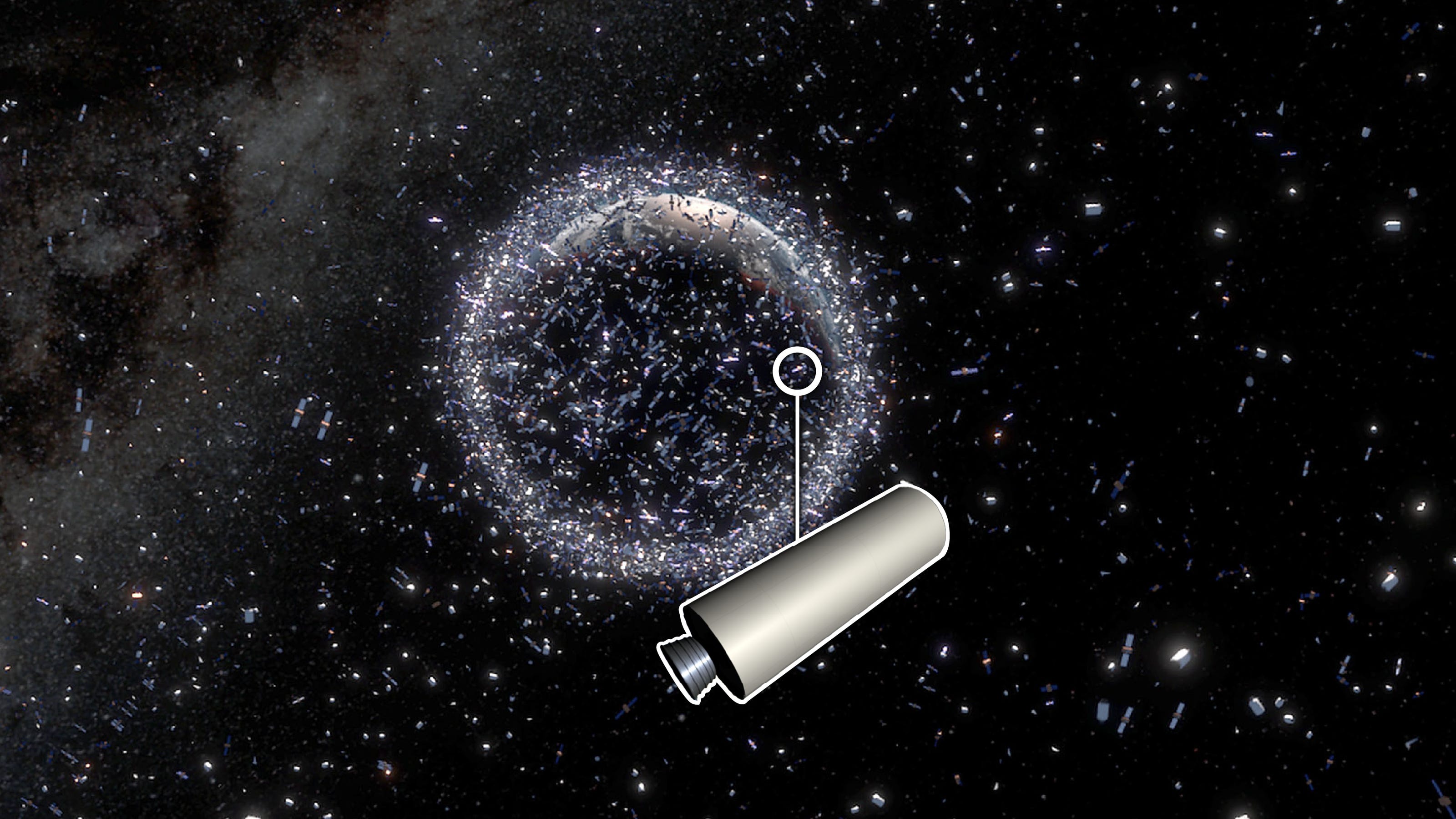Space Debris: A Growing Threat to Earth's Orbit
The vast expanse of space, once considered a pristine frontier, is increasingly becoming a cluttered junkyard. The problem? Space debris, also known as space junk, consisting of defunct satellites, discarded rocket stages, fragments from collisions, and even paint flakes, poses a significant threat to operational satellites and future space exploration. This accumulating debris isn't just an eyesore; it's a serious hazard with potentially catastrophic consequences.
Understanding the Scale of the Problem
The sheer volume of space debris is staggering. Estimates suggest there are millions of pieces of debris larger than 1 centimeter, and hundreds of millions more smaller than that, orbiting Earth at incredibly high speeds. These objects, traveling at speeds of up to 17,500 mph (28,000 km/h), can inflict devastating damage upon impact. Even a small piece of debris can cripple or destroy a functioning satellite, costing billions of dollars in damage and disrupting crucial services.
The Kessler Syndrome: A Cascade of Collisions
One of the most concerning aspects of space debris is the potential for a Kessler Syndrome. This catastrophic scenario involves a chain reaction of collisions, where a single collision creates more debris, leading to further collisions, and so on. This runaway effect could render certain orbits unusable for decades, severely hampering our ability to launch and maintain satellites.
The Impacts of Space Debris: More Than Just a Mess
The consequences of unchecked space debris accumulation extend far beyond the realm of space exploration. Our reliance on satellites for various essential services makes space debris a global concern:
- Communication disruption: Satellites facilitate global communication networks, including internet, television, and phone services. Damage to these satellites can lead to widespread communication outages.
- Navigation failures: GPS and other navigation systems rely on a network of satellites. Space debris poses a threat to their functionality, potentially affecting transportation, agriculture, and other sectors.
- Scientific research setbacks: Earth observation satellites, crucial for climate monitoring, weather forecasting, and disaster response, are vulnerable to damage from space debris.
- Economic losses: The cost of replacing damaged or destroyed satellites, along with the disruption of services, amounts to billions of dollars annually. The economic impact is substantial and escalating.
Mitigating the Threat: Solutions and Strategies
Addressing the space debris problem requires a multi-pronged approach encompassing prevention, mitigation, and remediation:
Prevention: Designing for the End of Life
- Responsible satellite design: Satellites should be designed with end-of-life disposal in mind. This includes incorporating mechanisms for de-orbiting at the end of their operational lifespan.
- Stricter regulations: International cooperation is crucial in establishing and enforcing stricter regulations on the launch and operation of satellites, including debris mitigation measures.
Mitigation: Reducing the Creation of New Debris
- Improved collision avoidance techniques: Advanced tracking and prediction systems are needed to enhance collision avoidance maneuvers for operational satellites.
- Active debris removal: Technologies for actively removing existing debris from orbit are being developed, including robotic arms, nets, and laser ablation techniques. However, these technologies are still in early stages of development and deployment.
Remediation: Cleaning Up Existing Debris
The most challenging aspect is cleaning up existing debris. The sheer scale of the problem demands innovative solutions and international collaboration. Several ambitious projects are underway to explore active debris removal methods. However, the costs associated with such endeavors are significant, requiring sustained investment and commitment from governments and private entities.
Conclusion: A Collaborative Imperative
The threat posed by space debris is real and growing. Ignoring this challenge could have devastating consequences for our technological infrastructure, economy, and scientific progress. A proactive and collaborative approach, involving governments, space agencies, and private companies, is essential to develop and implement effective solutions. The future of space exploration and our reliance on space-based technologies depend on addressing this escalating challenge. Only through international cooperation and technological innovation can we ensure the long-term sustainability of our activities in space and safeguard the benefits these activities provide to humanity.
